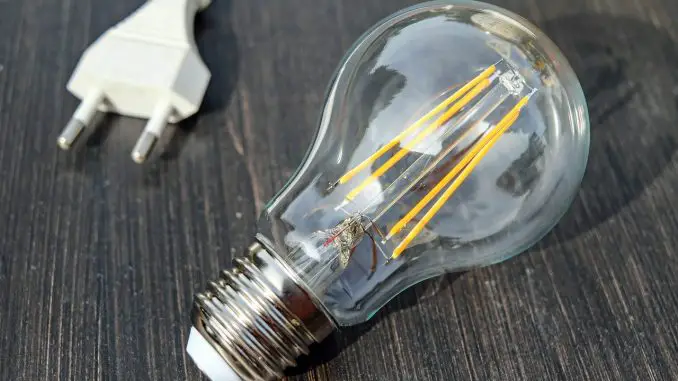
Slippers, blankets and warm lights are cozy elements that keep you warm and create a mood in the autumn and winter rush. But there is more you can do to keep you warm. Do you control how you get up and keep the heat most efficiently?
1. Have the right indoor temperature
The correct indoor temperature is about 20 ° C. If you lower the room temperature by 1 ° C, you reduce your total energy consumption for heating by 5%. You can often have a slightly lower temperature in the kitchen because the appliances and the stove provide heat. Too hot air also creates more dust. If the heating system allows, you can lower the temperature by 2-3 ° C at night. You can also lower the temperature when traveling away for an extended period of time.
2. Air properly
Air by making cross strokes for a short time instead of leaving the window open for several hours, so too much heat is not wasted. Turn off the thermostats on the elements if you need to breathe longer. Otherwise, the cold air causes the thermostat to raise the power to the maximum level. Only use the cooker hood when cooking, as it sucks out large amounts of heated air.
3. Do not place any covering furniture in front of the elements
Avoid placing large furniture in front of the elements, as the heat is blocked and more energy is required to heat the room. Rather move out the sofa or armchair a bit into the room.
4. Keep the heat in the house by sealing moldings and windows
Close doors and windows so the heat stays indoors. Drawn curtains and blinds also prevent heat from spreading. Do you need additional insulation for the wind? Switch to more energy efficient windows or upgrade the old ones with an insulating window. If you have a house with self-contained ventilation, remember to insert fresh air valves when sealing. Thermograph the house to see possible heat leaks.
5. Make sure your heating system works optimally
Replace old valves for the thermostat on waterborne elements to new ones, with a temperature range of max. 22 ° C. Do you have old electrical elements? The secondary metal that regulates the temperature slows down with time and does not react as quickly. Replace the old bimetallic thermostats with new electronic thermostats or a control & control system. If you have direct-acting electricity, consider switching to water-based heating.
Leave a Reply